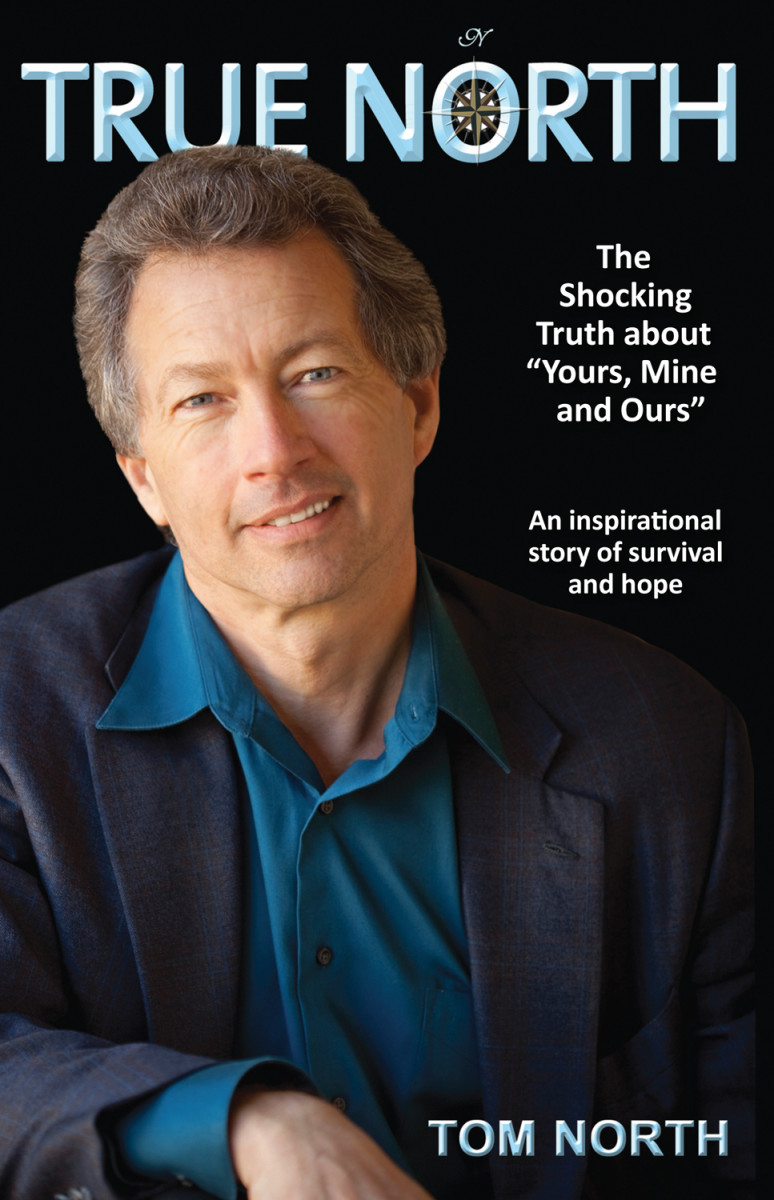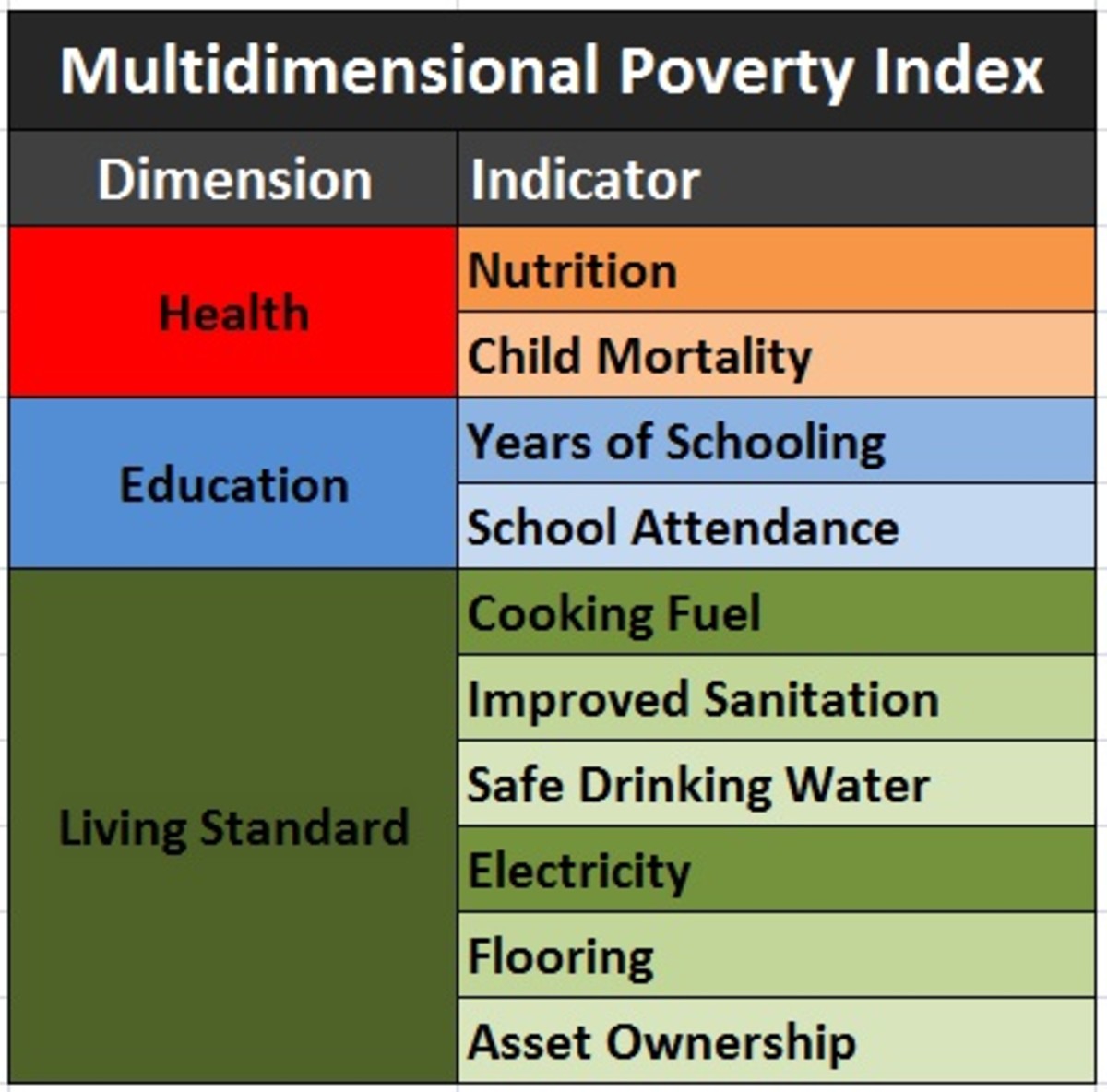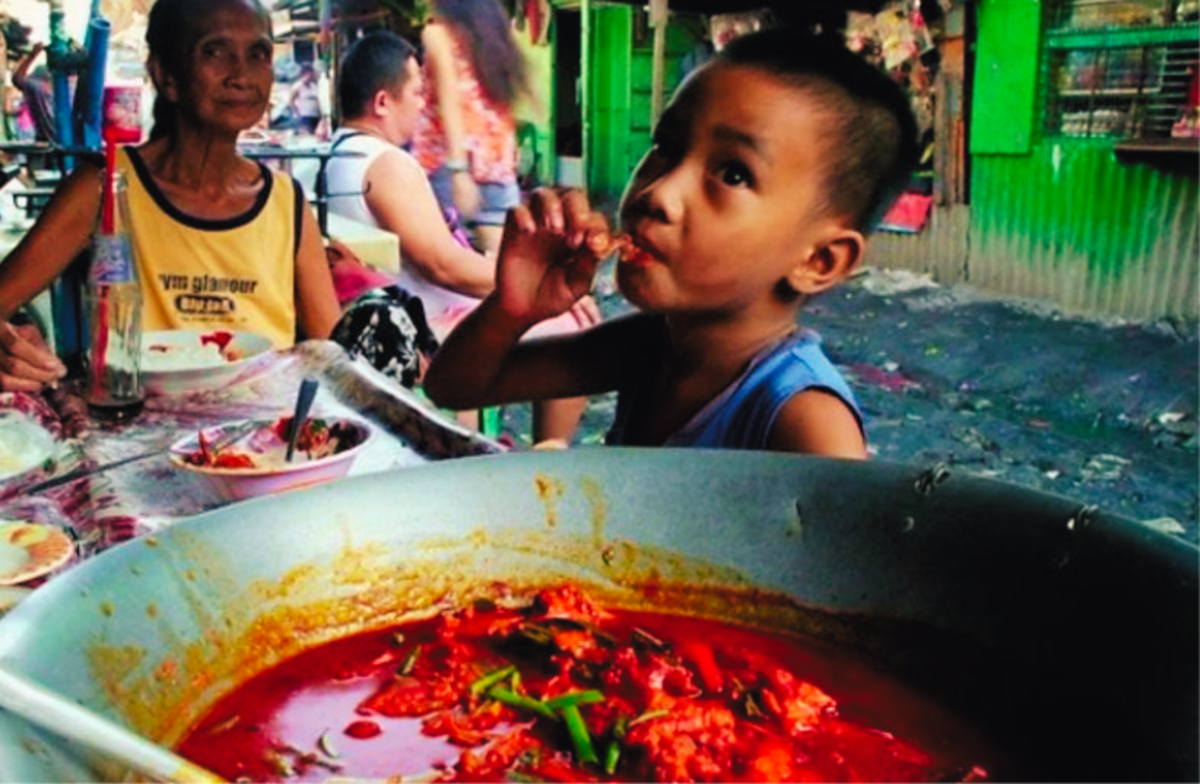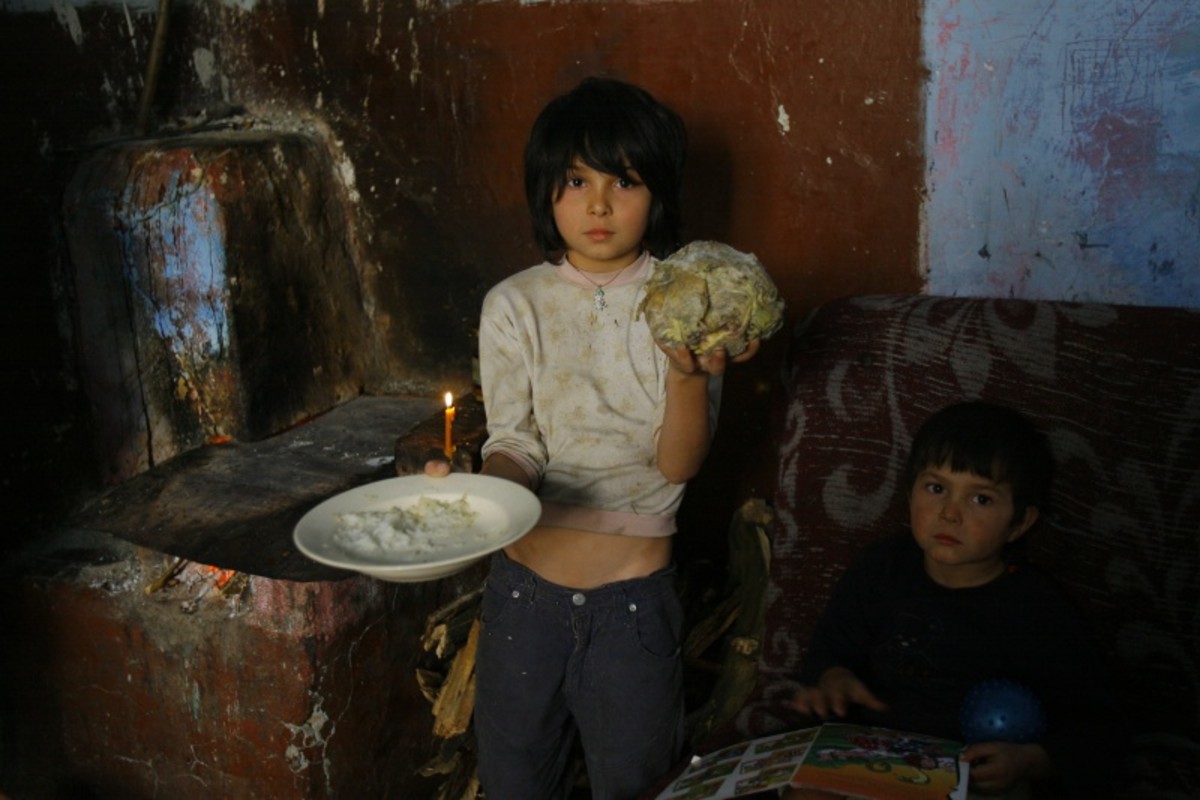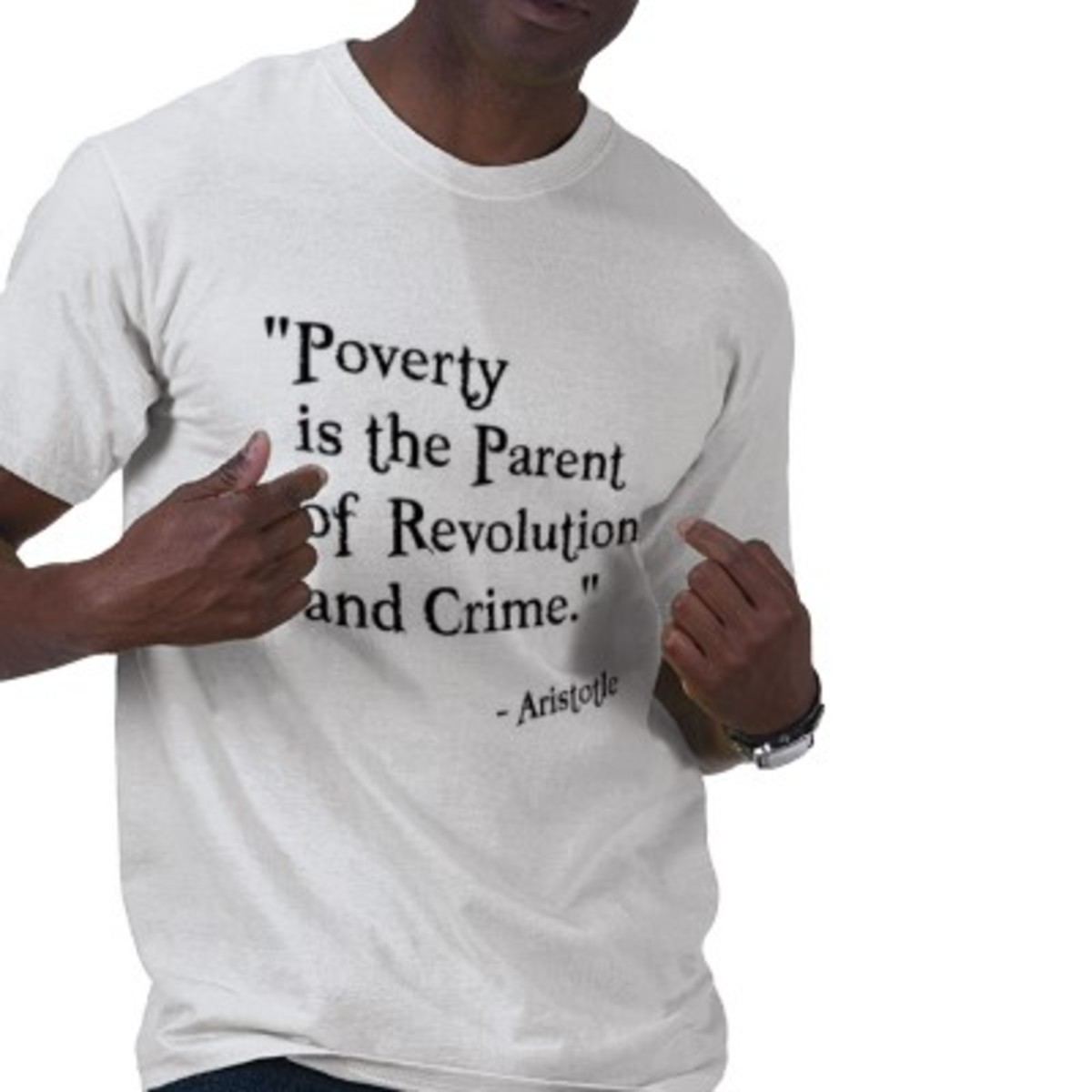Child Poverty in the UK
Poor Kids
I was prompted to write this hub after watching a BBC documentary last night called "Poor Kids." Basically it was the story of three families from the UK - Bradford, Glasgow and Leicester. The programme followed the families and spoke with the children, it was heartbreaking to watch. One little girl was living in a bedroom which had mould from dampness growing on her bed, walls and ceiling. She regularly went without meals due to lack of money and was subjected to name calling at school. A teenage girl from Leicester told how she had been bullied at school and had actually tried to take her own life. Her brother had to wear her old blouse and blazer to school, wear torn trousers and ill-fitting shoes, as there was no money for a new uniform. The children were stressed and worried about money constantly, aware of the financial implications that being "poor" means. Unfortunately, these harrowing life stories were not just isolated situations in these three cities. As I started to research the subject, I was shocked at my findings.
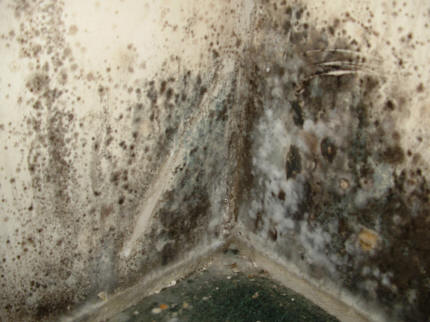
Shocking facts about poverty in the UK
- Around 3.5 million kids live in poverty in the United Kingdom today.
- Poor kids are 5 times less likely to have a safe outdoor space to play in.
- 1 in 5 low income families are forced to skip meals because of financial restrictions.
- Poor children are 2.5 times more likely to suffer chronic illness.
- 47% of children with asthma are from the poorest families.
- 85% of children in poverty live in damp conditions and suffer breathing problems.
- 1 in 6 poor children have considered suicide.
- 50 young people in poverty try to kill themselves every day.
- Over 1 million homes in the UK are classified as "unfit to live in."
- Over 60% of poor families turn off their heating in winter to save money.
- Low income families are twice as likely to split up.
- In November 2010 the UK came 18th out of 22 European countries ranked by UNICEF for poverty. Only Slovakia, Poland, Hungary and Italy were ranked lower than UK.
How poverty is measured
If a person or family is said to be living in poverty, it is calculated on the weekly household income, taking into the account the size of their family. The figures are based on 60% of the median UK income after housing costs have been paid. The amounts shown are considered to be on the poverty line, if less than the weekly sums quoted below:
A couple with two children (aged 5 & 14) - Household Income £348
Lone parent with two children (aged 5 & 14) - Household income £256
A couple with no children - Household income £214
Single person with no children - Household income £124
The causes of poverty
Low wages - Being in employment receiving the minimum wage doesn't give a guarantee that a family will be poverty-free. Some circumstances should be factored into the equation, i.e. working part-time hours, or not having 2 adults in the home who are bringing home money. Basically families will struggle to make ends meet if they cannot provide enough money for basics.
Unemployment - Figures released to the month of February 2011 show that 7.8% of working age adults are unemployed. This figure is said to be on the rise because of the on-going recession. The risk factor of unemployment is higher for people living in low employment areas and those lacking in skills.
Benefits - Tax credits and other benefits were put into place to bring families in line with minimum living requirements, (these have been proven to be insufficient in most cases), to protect households with children to care for from poverty.
What is the effect of children living in poverty?
It is a common fact that children from very deprived families can expect to live a shorter life compared to advantaged children. On average a poor child is expected to live 7 years less than most other children. Children that are raised in a poverty stricken environment are affected in almost every area of their development:
- Social. Their chances of meeting socially with friends are limited because of the financial strain of not being able to socialise outside of school. Most clubs have to be paid for, and they are disadvantaged as they cannot attend. A large percentage of children from poor families have no safe place to play outside, and therefore stay indoors.
- Personal. The children are stressed because of worrying about finances and this shows in their emotional well-being. They often lack confidence and self-esteem. A high number of children from poor families have other health issues resulting from their living conditions. If living in a damp environment they can suffer chest infections, nausea, vomiting, asthma etc. Many families cannot afford to provide their children will 3 daily balanced meals, forcing them to go without food. Poor diet affects them as they feel tired, lethargic and underweight. Most of them lack vitamins and minerals, which can result in skin conditions and other illnesses.
- Education. These children are disadvantaged at school due to a lack of money available for school uniforms, shoes, lunches, school trips and other events. A large percentage of poor children are bullied for the way that they are forced to live. They miss out on vital schooling due to illness, and often leave school with little or no qualifications as they have under-achieved.
Childhood
Most adults have fond memories of their childhood and family life. All children have the right to basic living standards, which includes 3 balanced meals a day, decent living conditions, a warm house, appropriate clothing and education. Anything short of this is surely unacceptable. Every child has the right to be included in society, and not discriminated against because of their circumstances. No one should judge a child on the way they are forced to live. They didn't ask to be born into poverty, no one does. It is shocking that children are actually living like this in the 21st century.
The Child Poverty Act 2010
In 1999, Tony Blair made a commitment that the government would eradicate child poverty by 2020/2021. Targets were set up to reduce this slowly over several years, and the priority was that the figures would be halved by 2010/2011 - this was not achieved. The Child Poverty Act was introduced in 2010 with the same aims of ending child poverty by 2020. In order to "eradicate" poverty the root of the problem must be tackled which means better housing and more money for those most vulnerable. Addressing these problems is the goal of the Act, which received Royal Assent on 25th March 2010. This new legislation holds successive governments accountable for how they are setting out to achieve this goal, and they must report on their progress once each year.

What we can do to help
There are several things that we can do which could help make a difference.
- Contact your local MP and let him/her know of your disappointment at the lack of investment to tackle poverty.
- Urge your MP to contact the Chancellor to ask him to support children and their families who are living in poverty.
- Join the Facebook campaign for the "End Child Poverty" campaign.
- Find out about the levels of child poverty in your area by logging onto www.endchildpovertytoolkit.org.uk
- By logging onto the website www.endchildpoverty.org.uk/what-you-can-do/resources-for-you where you will find lots of useful resources and downloads to support you in getting involved, along with top tips for each type of help you can give.
- Use your website or blog to raise public awareness of the problem.
Help for the future
If everyone cared enough to write one letter, or sign a petition, the actions of ordinary people may be enough to pressurise the government into keeping its promise to END CHILD POVERTY, and make it a thing of the past. Each and every child deserves a decent standard of living.


